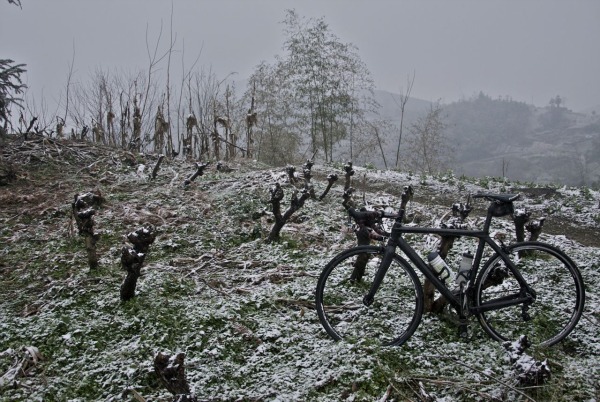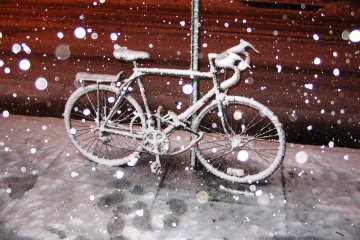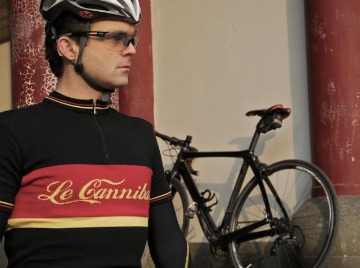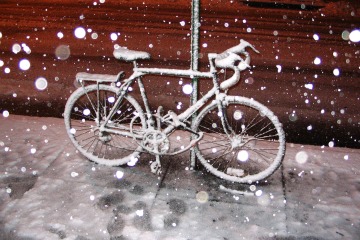
Daniel’s Magnus Dark Horse blending in with the scenery. Photo by Author.
DURING THE LAST WEEK of 2010, I and thousands of other riders embarked on the Rapha Festive 500 Challenge, where the goal was to complete 500km over eight days. Most of these riders were in the Northern Hemisphere, and thus had to suffer through snow, ice, cold wind, and rain, quite often in sub-zero temperatures.
However, there are ways to make the suffering ease, or even completely reverse the feeling so that it becomes enjoyable to ride in winter weather. On average I was riding in 2-6 Celsius weather (30-40 Fahrenheit) with a colder wind chill.
Clothing



